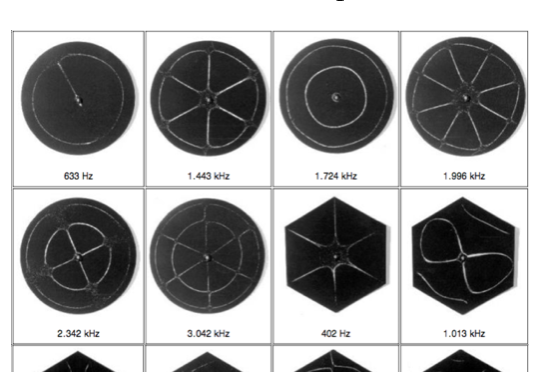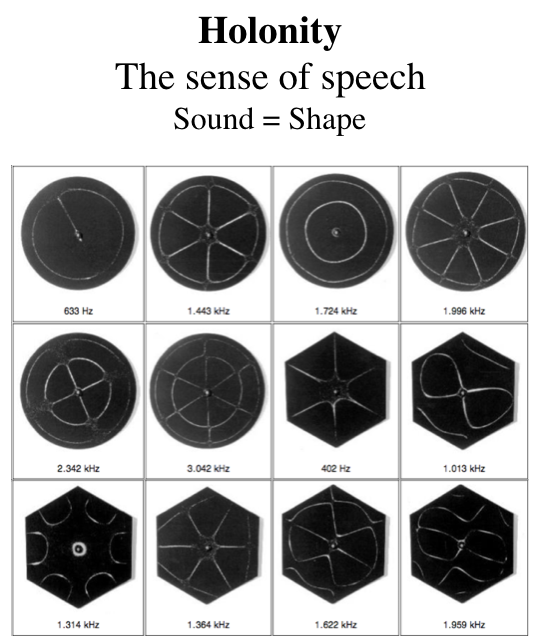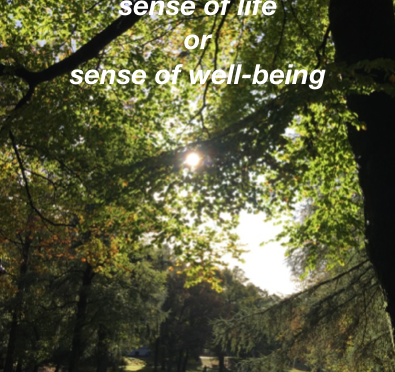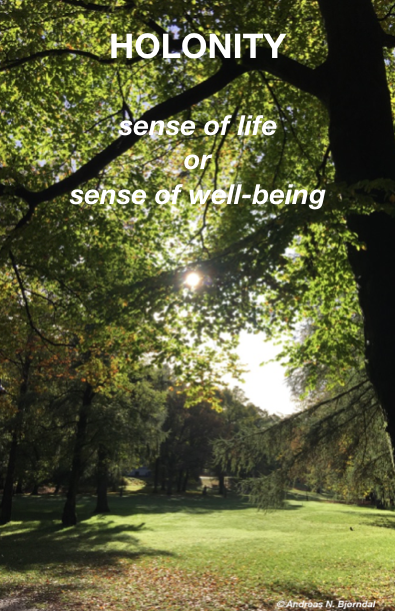Do you want to improve your sense of speech? Is there a sense of speech?
You are right to ask if there really exists a sense of speech or a sense of words. A sense is used when we perceive something but before mental reasoning is activated. Is recognition of speech a mental activity only putting sounds together? These are subtle steps that we will explore in this article.
 Let us start with Lucas my dog. He knows different commands like sit, wait, quiet, role over etc. He understands if we say “……. is coming” talking about someone approaching the door. Also if we say the word “see” he starts to look around. He know the names of each member in the family even the turtle named Molly. I can ask him; where is Molly? He will search her and show me where she is hiding. So, in addition to hearing sounds, he perceives words. Only animals at a certain level of development can do that. Still, Lucas cannot speak these words. The same goes for small children they start to perceive words before they can say them or use them.
Let us start with Lucas my dog. He knows different commands like sit, wait, quiet, role over etc. He understands if we say “……. is coming” talking about someone approaching the door. Also if we say the word “see” he starts to look around. He know the names of each member in the family even the turtle named Molly. I can ask him; where is Molly? He will search her and show me where she is hiding. So, in addition to hearing sounds, he perceives words. Only animals at a certain level of development can do that. Still, Lucas cannot speak these words. The same goes for small children they start to perceive words before they can say them or use them.
Let us take another example. You travel to a country where you do not know the language and you can listen to people speaking but do not understand a word. If you listen carefully, you will start to perceive certain words as familiar to words you know in your own language or you will relate them to settings and actions in the same way as small children learn a language from experience. You start to recognise a set of words and still, you do not understand the meaning of the sentence.
The sense of speech, word or language is the ability to perceive meaning through your language. This is more than just hearing. Imagine you live with monkeys and gradually you learn to perceive sounds meaning; danger, food, spider, snake, enemy etc. Then you perceive the meaning as well as the sound.
This is a more subtle level than just hearing sounds. This is additionally an understanding. You can understand the meaning, wishes, intentions or warnings of the other person.
There is also a language in gestures and mimics that is closely related. We can learn to read body language or face expressions. Here we see how different positions and physical postures speak to us. Sometimes the body language tells us that the expressed meaning is not completely in tune with the feeling of the person. They say they are open to something but also cross their arms at the same time as they say it. You right away get sceptical or at one level or another you question the reality of what they say.
The body language can be the other person nodding, saying “yes … yes … yes” as you speak. The person could also be leaning forward and even abrupt you with “I see” “I understand” or “agree” even before you have finished the sentence. Such feedback can be very disturbing.
If that is the case, you feel the other person is not listening to you. You rather have a person sitting there looking steady at you receiving your words and body language completely as they sit motionless and envelop and perceive you completely. To really listen to someone and perceive their language, you have to learn to stop moving. The sense of motion (Read here about the sense of motion) and the sense of language are opposite. The more you move the more noise and disturbance. If you can sit quiet you can perceive much deeper.
Moving and gesticulating is language. When the other person is moving as you talk, it is just as they interrupt you with a kind of talking. Sometimes, I have to gently remind my patients about this and ask them to be silent. It could be by putting my chair closer to them, gently touching their shoulder or giving them an exercise not to nod or respond as I explain the exercise. As I do this I ask them to pay attention to the quality of my voice. And I will change my voice from being metallic, sharp coming from my forehead, to go down into my throat again and become more soft and broad. Then finally I will let it go all the way down to my belly, enveloping the whole person as I am filling the room with my presence and voice. Often, I will have to remind the patients many times not to nod, or make a sound or move their hands or feet. When I then get silent they can feel the space we have created that makes us listen at a much deeper level, and they also can listen at that level. (Read more about silence in the linked articles below)
At this level, you perceive the meaning much deeper and easier. This shows how gestures and language are closely connected. Even deeper the gestures and body language is different in different cultures. Sometimes you can see just from the way a person moves their ethnicity. Even more obvious is it that you can see it in the body physiognomy. The eyes of Asian or northern cultures, the mouth of Africans are just some examples. It can also be related to the way different styles of music stimulates us to move in different ways according to different stiles. Some stiles of music, particularly folk music can easily reflect their geographic region of origin. Some stiles are also related to specific times in history.
There is a connection here between expressions of different people, their physiognomy and the languages of the countries. There is a language behind form, shape, movement and sound. There is even a connection with the landscape you live in an your language or dialect.
I remember as a young kid recognising the similarity in the faces of people having the same name or similar sounds in their names, almost as the sounds use to name or call upon them formed and shaped them. Also sometimes parents wait to decide a name until they see the baby, to see if he or she looks like they could have that name.
From a spiritual perspective we speak about a folk soul, or archangel that makes a national awareness. Humans needed to reach a certain level of development before we could go beyond the old city-state and form nations. A nation is a higher holon than a city. Uniting nations as U.S., or EU is even a higher holon towards the holon of the whole world and whole human kind. Together every part represents different variations, flavours, colours, sounds put together in patterns we mostly recognise sub-conscious.
Growing up on the countryside in Norway I remember people talking about different families and qualities they had through generations as the most obvious thing.
As we humans evolve our circle of action becomes bigger and expands. From the womb, to the inside of the house, out into the garden, to the village, and step by step out into the world. Some of us are afraid of leaving our house, some will never leave their village, others will not travel abroad.
Some people are stuck at a nationalistic level, rigid and cannot perceive the gain of unity across nations and cultures. With the internet as a driver towards globalisation these people will be more and more challenged as we grow into a world community.
When you are able to transcend that level in yourself and start to connect with humankind as such you will start to perceive the language behind all languages. The more languages you know, the more you listen to body language, the more you listen to natures sounds and perceive the physiognomy as an expression, the more you start to learn the language behind all languages; the language of meaning, shape and form.
You will start to perceive the quality of each sound and the shapes and proportions. We are heading back to this kind of awareness, as we had in the past, but then in a more unconscious way. I strongly believe that on the way in the historical development towards the first alphabets some people still had this perception. They knew how to form and shape according to principles of meaning. Some alphabets seem created according to such understanding (Read here about the hebrew alphabet as one example)
The polarity between the sense of movement and the sense of speech can also be seen as a polarity between fragments and wholeness. At one end you have a lot of different sounds, letter shapes or words at the other end you perceive the small fragments as a meaningful whole.
There is research showing that exercises with rhythm will make kids perceive language better. Rhytm has a good balance between fragments and wholeness.
The sense of speech or language is a higher sense a more advanced sense that we do not see in all animals and that develops as the child gets older. A wise old person can listen to a young person having questions or frustrations and already know the answer still waiting or not even answering, knowing it will happen, or be understood in due course.
You could also call this sense the sense of meaning or sense of semiology. As this sense if developed you understand the language of symbols, shapes and forms both abstract and in nature more and more.
A good exercise is to taste words before you use them, trying to go behind the answers of people you talk with and challenge how much you perceive, ask them if it is right how you understand it, or just look at geometric figures and see what they tell you. Listen to the sea, the wind and the woods.
Read other articles on integrative medicine here.
Overview of main groups of articles here
Here are some related articles
Hush hush listen
Silence, peace and nothingness
Let go
The sense of motion or proprioception
Mind the gap
Letters, pictograms and archetypes






